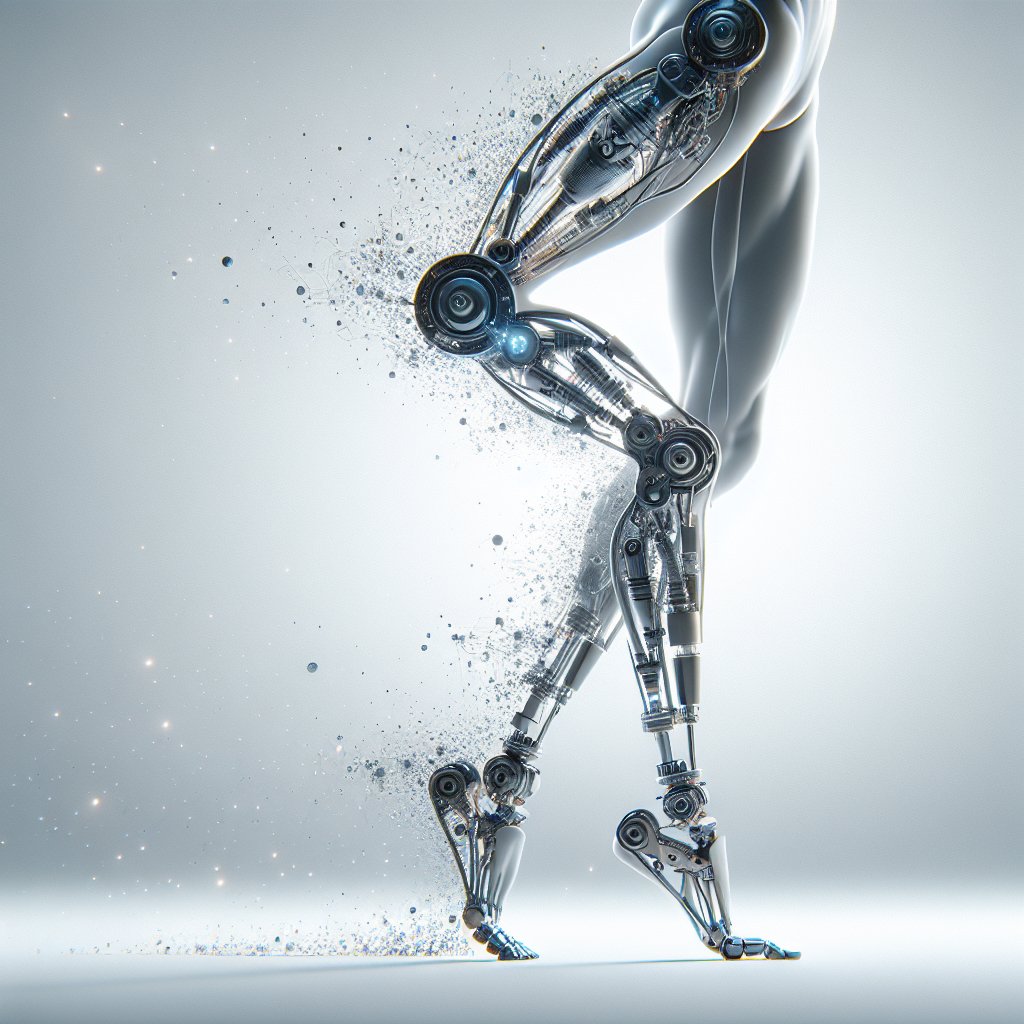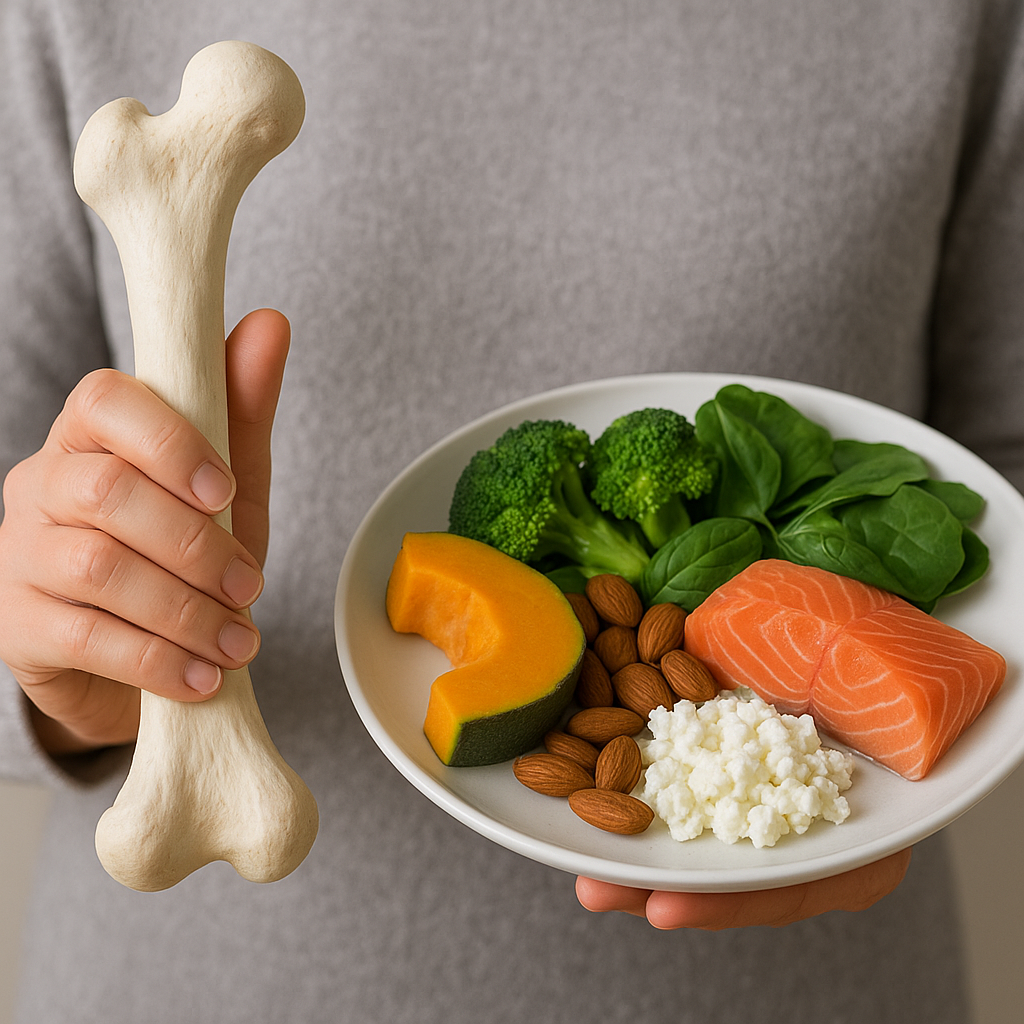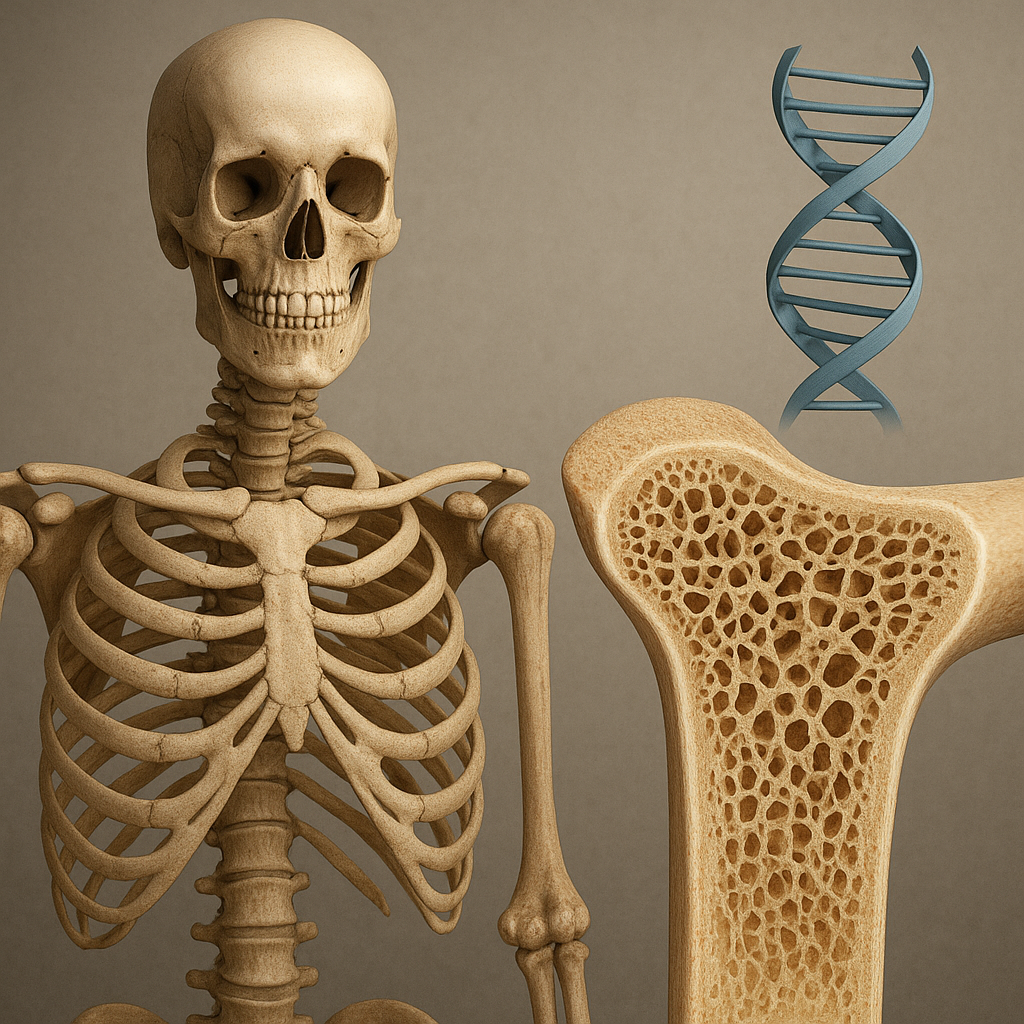The role of biomechanics in designing prosthetic limbs is a critical aspect that significantly influences the functionality and comfort of these devices. As technology advances, the integration of biomechanical principles into prosthetic design has led to remarkable improvements in the quality of life for amputees. This article explores the fundamental concepts of biomechanics, the challenges faced in prosthetic limb design, and the innovative solutions that have emerged from this interdisciplinary field.
Understanding Biomechanics
Biomechanics is the study of the mechanical laws relating to the movement or structure of living organisms. It combines principles from physics, engineering, and biology to analyze how forces interact with the human body. In the context of prosthetics, biomechanics plays a vital role in ensuring that artificial limbs mimic the natural movement and functionality of biological limbs.
The Importance of Biomechanics in Prosthetic Design
Prosthetic limbs must not only restore mobility but also provide comfort and usability for the wearer. Biomechanics helps designers understand the complex interactions between the prosthetic limb and the human body. Key areas of focus include:
- Joint Mechanics: Understanding how joints function in the human body allows engineers to create prosthetic joints that replicate natural movement patterns.
- Force Distribution: Analyzing how forces are distributed across the limb helps in designing prosthetics that minimize stress on the residual limb, reducing the risk of injury or discomfort.
- Energy Efficiency: Biomechanics aids in developing prosthetics that require less energy to operate, making them easier for users to control and use over extended periods.
Key Biomechanical Principles in Prosthetic Design
Several biomechanical principles are essential in the design of effective prosthetic limbs:
- Leverage: The design must consider the leverage of the limb to ensure that the user can generate sufficient force for movement.
- Range of Motion: Prosthetics should allow for a natural range of motion, enabling users to perform daily activities without restriction.
- Stability: A stable design is crucial for preventing falls and ensuring the user can maintain balance while walking or running.
Challenges in Prosthetic Limb Design
Despite advancements in technology, several challenges remain in the design of prosthetic limbs. These challenges often stem from the need to balance functionality, comfort, and aesthetics.
Customization and Fit
One of the most significant challenges in prosthetic design is achieving a proper fit for the user. Each individual has unique anatomical characteristics, and a poorly fitting prosthetic can lead to discomfort, skin irritation, and even injury. Customization is essential, but it can be time-consuming and costly. Advances in 3D printing and scanning technology are helping to address this issue by allowing for more precise and personalized designs.
Material Selection
The choice of materials used in prosthetic limbs is another critical factor. Materials must be lightweight yet durable, capable of withstanding the stresses of daily use while providing comfort. Traditional materials like wood and metal are being replaced or supplemented with advanced composites and polymers that offer better performance characteristics.
Integration of Technology
Modern prosthetics increasingly incorporate technology, such as sensors and motors, to enhance functionality. However, integrating these technologies poses challenges in terms of power supply, weight, and user interface. Biomechanics plays a crucial role in ensuring that these technologies work harmoniously with the user’s natural movements.
Innovations in Prosthetic Limb Design
Recent innovations in prosthetic limb design have been driven by advancements in biomechanics, materials science, and technology. These innovations aim to improve the overall user experience and functionality of prosthetic devices.
Smart Prosthetics
Smart prosthetics equipped with sensors can provide real-time feedback to users, allowing for adjustments in movement and control. These devices can learn from the user’s movements, adapting to their walking patterns and providing a more natural experience. For instance, some smart prosthetics can detect changes in terrain and adjust the stiffness of the knee joint accordingly.
Robotic Prosthetics
Robotic prosthetics represent a significant leap forward in prosthetic technology. These devices use motors and actuators to replicate the movements of natural limbs. By incorporating biomechanical principles, designers can create robotic limbs that respond to the user’s intentions, providing a more intuitive and seamless experience. Research in this area continues to evolve, with the goal of creating prosthetics that can perform complex tasks with ease.
3D Printing and Customization
The advent of 3D printing technology has revolutionized the production of prosthetic limbs. This technology allows for rapid prototyping and customization, enabling designers to create prosthetics tailored to the specific needs of individual users. 3D printing also reduces costs and production times, making prosthetics more accessible to those in need.
The Future of Prosthetic Limb Design
As research in biomechanics and technology continues to advance, the future of prosthetic limb design looks promising. Innovations are expected to focus on enhancing user experience, improving functionality, and increasing accessibility.
Personalized Medicine
The concept of personalized medicine is gaining traction in the field of prosthetics. By leveraging genetic and biomechanical data, designers can create prosthetics that are not only customized to fit the user’s anatomy but also tailored to their specific lifestyle and activity levels. This approach could lead to more effective and comfortable prosthetic solutions.
Enhanced User Interfaces
Future prosthetics may feature enhanced user interfaces that allow for more intuitive control. Brain-computer interfaces (BCIs) are being explored as a means of enabling users to control their prosthetic limbs with their thoughts. This technology could significantly improve the functionality and usability of prosthetics, allowing for more natural movement and interaction with the environment.
Sustainability in Prosthetic Design
As awareness of environmental issues grows, there is a push towards sustainable practices in prosthetic design. This includes using eco-friendly materials and manufacturing processes that minimize waste. Biomechanics can play a role in this by helping to design prosthetics that are not only effective but also environmentally responsible.
Conclusion
The role of biomechanics in designing prosthetic limbs is indispensable. By understanding the mechanical principles that govern human movement, designers can create prosthetics that enhance the quality of life for amputees. While challenges remain, ongoing innovations in technology and materials science promise a future where prosthetic limbs are more functional, comfortable, and accessible than ever before. As we continue to explore the intersection of biomechanics and prosthetic design, the potential for improving the lives of those with limb loss is boundless.













